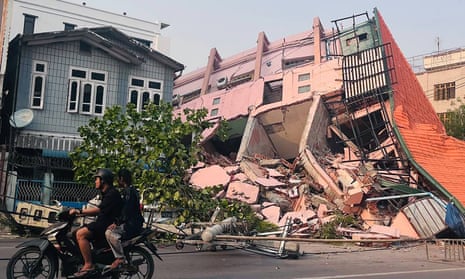The death toll from the catastrophic 7.7-magnitude earthquake in Myanmar has surpassed 3,000, with hundreds still unaccounted for as unseasonal rains threaten to hinder rescue and relief operations.
The earthquake, which struck last Friday, is one of the strongest to hit Southeast Asia in a century, impacting around 28 million people. It caused widespread destruction, toppling buildings and devastating communities, leaving thousands without food, water, or shelter.
As of Wednesday, Myanmar’s embassy in Japan reported an official death toll of 3,003, with 4,515 people injured and 351 still missing. Rescuers are urgently working to locate survivors.
Conditions are expected to deteriorate, with unseasonal rains forecasted from Sunday through April 11, posing additional challenges to the hardest-hit regions, including Mandalay, Sagaing, and the capital, Naypyidaw.
An aid worker in Myanmar warned, “Rain is incoming, and there are still many people buried. In Mandalay, particularly, if it starts to rain, those trapped underground could drown even if they have survived thus far.”
The Japanese embassy reported that 53 aid airlifts have been conducted, and over 1,900 rescue workers from 15 countries—including China, India, Russia, and various Southeast Asian nations—have arrived to support relief efforts.
In the midst of this crisis, junta chief Min Aung Hlaing plans to leave Myanmar on Thursday for an infrequent trip to a regional summit in Bangkok. This decision has faced criticism given the ongoing humanitarian disaster in the country.
Min Aung Hlaing is viewed as a pariah by the international community and remains under Western sanctions, with ongoing investigations from the International Criminal Court.












